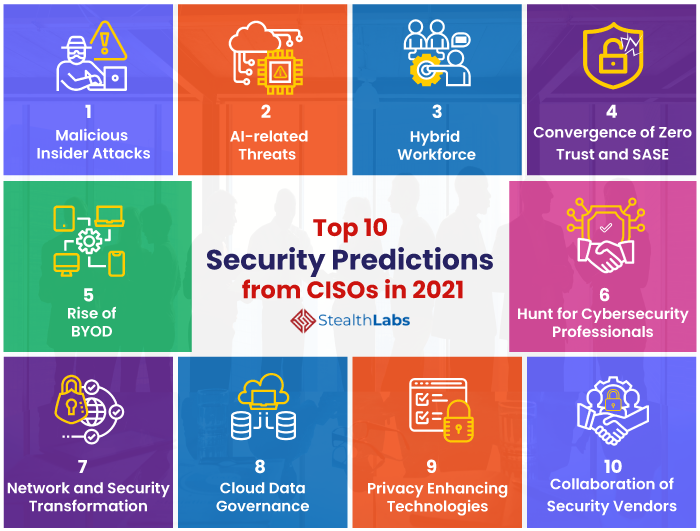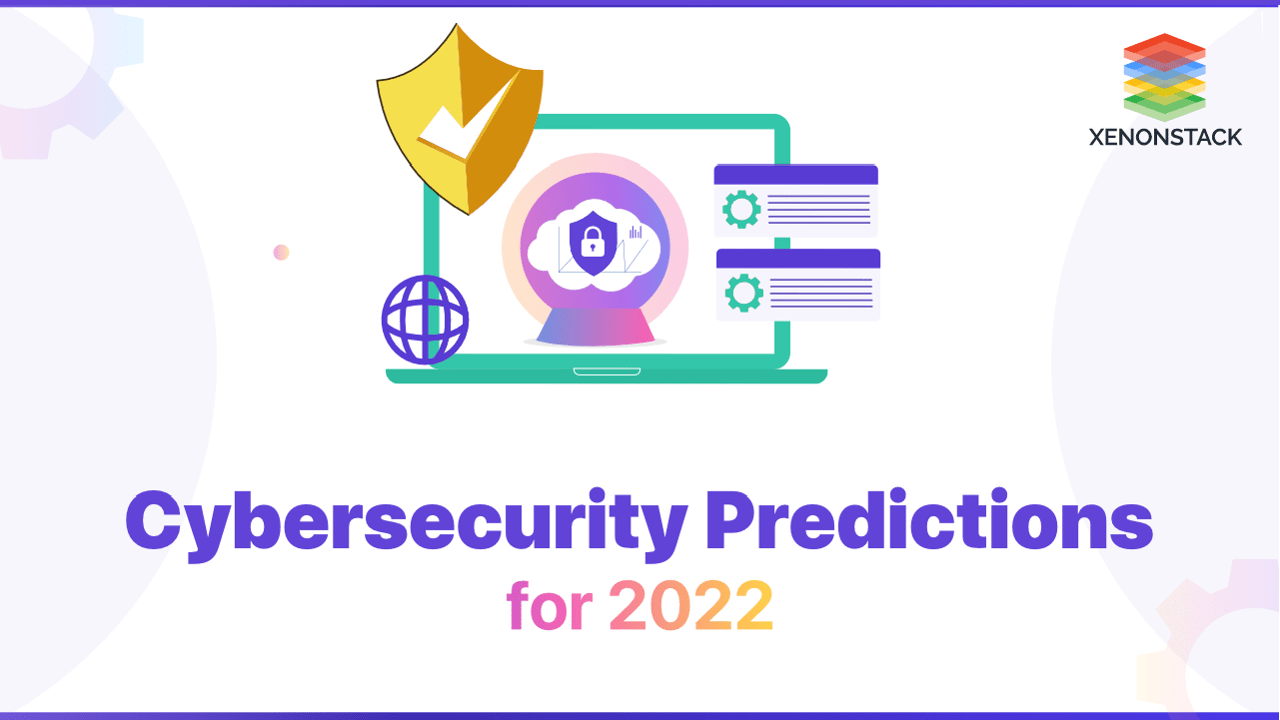Leading Cybersecurity Predictions for 2024: Stay Ahead of Emerging Threats
As we come close to 2024, the cybersecurity landscape is poised for substantial change, driven by arising dangers that companies have to not only expect but also purposefully address. With governing modifications on the perspective and a critical focus on cybersecurity training, it is imperative for organizations to reassess their techniques to remain resistant.
Rise of AI-Driven Assaults
As organizations significantly take on expert system innovations, the potential for AI-driven attacks is ending up being a paramount issue in cybersecurity. Cybercriminals are leveraging AI to enhance the refinement and efficiency of their assaults, creating a landscape where conventional protection actions may falter. These assaults can exploit device discovering algorithms to recognize vulnerabilities in systems and networks, causing much more targeted and destructive violations.
AI can automate the reconnaissance phase of an assault, making it possible for foes to collect substantial amounts of information rapidly (cyber attacks). This ability not just shortens the moment needed to release a strike however additionally boosts its precision, making it harder for defenders to anticipate and reduce dangers. In addition, AI can be used to create persuading phishing schemes, generate deepfake web content, or adjust data, better making complex the cybersecurity landscape
Organizations must focus on the combination of AI-driven cybersecurity options to counter these arising threats. By employing advanced threat discovery systems, companies can boost their ability to recognize and counteract AI-generated attacks in genuine time. Continual financial investment in training and awareness programs is additionally vital, as it furnishes staff members to acknowledge and react to potential AI-driven threats successfully.
Increased Ransomware Sophistication
The rise of AI-driven assaults is not the only pattern reshaping the cybersecurity landscape; ransomware attacks have additionally advanced, coming to be increasingly sophisticated and targeted. As cybercriminals refine their methods, companies deal with increased risks that need flexible strategies to alleviate prospective damage.
Modern ransomware dangers currently take advantage of progressed strategies, such as double extortion, where attackers not only encrypt information however likewise threaten to leakage delicate information if their needs are not met. This includes an added layer of pressure on sufferers, commonly compelling them to pay ransom money to shield their track records and customer trust.
In addition, the use of automated devices and artificial intelligence algorithms by criminals has structured the attack procedure, allowing them to determine susceptabilities extra successfully and tailor their techniques versus certain targets. Such growths have resulted in a disconcerting rise of strikes on vital framework, medical care systems, and supply chains, stressing the need for durable cybersecurity structures that focus on real-time threat detection and reaction.
To counter these developing threats, companies need to spend in detailed training, advanced safety and security modern technologies, and case response plans that integrate lessons picked up from past ransomware incidents, ensuring they stay one step in advance of increasingly intricate attacks.
Growth of IoT Susceptabilities
With the rapid expansion of the Internet of Points (IoT), susceptabilities connected with these interconnected devices have actually ended up being a crucial issue for organizations and individuals alike. The spreading of clever devices, from home appliances to industrial sensors, has actually produced an extensive assault surface for cybercriminals. Several IoT gadgets are deployed i thought about this with very little protection protocols, usually utilizing default passwords or outdated firmware, making them at risk to exploitation.
As gadgets become interconnected, the possibility for large-scale strikes boosts. Jeopardized IoT tools can offer as entry factors for opponents to penetrate even more secure networks or launch Distributed Denial of Service (DDoS) assaults. The lack of standardization in IoT security gauges more exacerbates these vulnerabilities, as varying manufacturers execute differing levels of security
Moreover, the boosting refinement of malware targeting IoT devices postures significant risks. Danger stars are constantly developing new methods to manipulate these weaknesses, resulting in prospective data breaches and unapproved accessibility to delicate info. As we move right into 2024, companies must focus on IoT safety, carrying out robust steps to safeguard their networks and alleviate the dangers connected with this swiftly growing landscape.
Regulatory Adjustments Influencing Safety

In 2024, we expect to see much more rigid conformity needs for organizations, specifically those that make or deploy IoT gadgets. The intro of policies such as the European Union's Cyber Durability Act and updates to existing frameworks like the NIST Cybersecurity Framework will certainly stress safety and security by layout. Organizations will certainly be mandated to implement durable protection steps from the preliminary stages of product advancement, guaranteeing a proactive position against potential vulnerabilities.
Additionally, governing bodies are most likely to impose significant charges for non-compliance, engaging services to visit prioritize cybersecurity investments. This shift will not only improve the total security pose of companies yet will certainly also foster a culture of accountability in safeguarding user information. As policies tighten up, the onus will significantly fall on business to demonstrate conformity and secure against the ever-evolving threats in the digital landscape.
Focus on Cybersecurity Training
Organizations' dedication to cybersecurity training is ending up being significantly critical as dangers develop and strike vectors increase. With cybercriminals continuously developing advanced strategies, it is extremely important for staff members in any way levels to recognize the dangers and acknowledge their duty in reducing them. Comprehensive training programs furnish staff with the knowledge and abilities required to recognize prospective hazards, such as phishing strikes, social engineering tactics, and malware.
Moreover, a society of cybersecurity understanding fosters caution among workers, lowering the probability of human error, which remains a significant susceptability in lots of organizations. Frequently updated training modules that reflect the current risks will certainly ensure that staff remain enlightened and efficient in responding effectively.


In 2024, companies will likely focus on ongoing education and simulation exercises, making it possible for employees to practice their reaction to real-world circumstances. Collaboration with cybersecurity experts for customized training remedies may likewise come to be much more commonplace. Eventually, purchasing staff member training not just enhances an organization's defense posture yet likewise cultivates a proactive approach to cybersecurity, strengthening the concept that security is a shared duty throughout the venture.
Verdict
In conclusion, the cybersecurity landscape in 2024 will be shaped by the surge of AI-driven strikes, increasingly innovative ransomware tactics, and the expansion of susceptabilities associated with IoT tools. A solid emphasis on thorough cybersecurity training will be vital in cultivating an organizational culture durable to emerging threats.